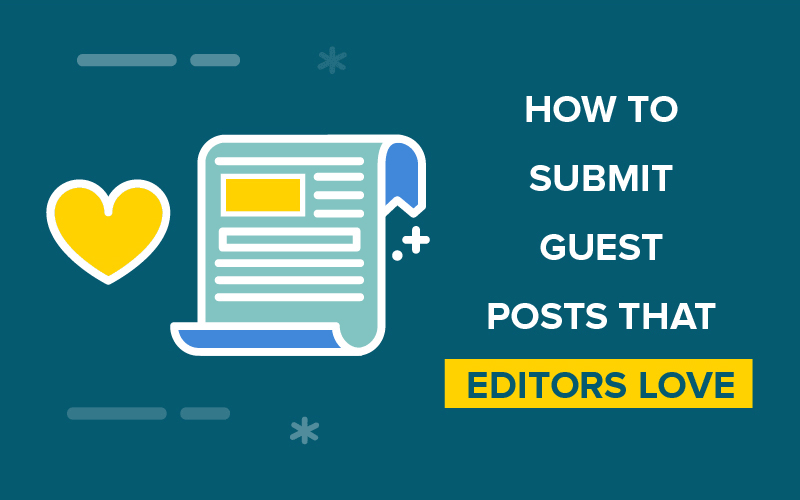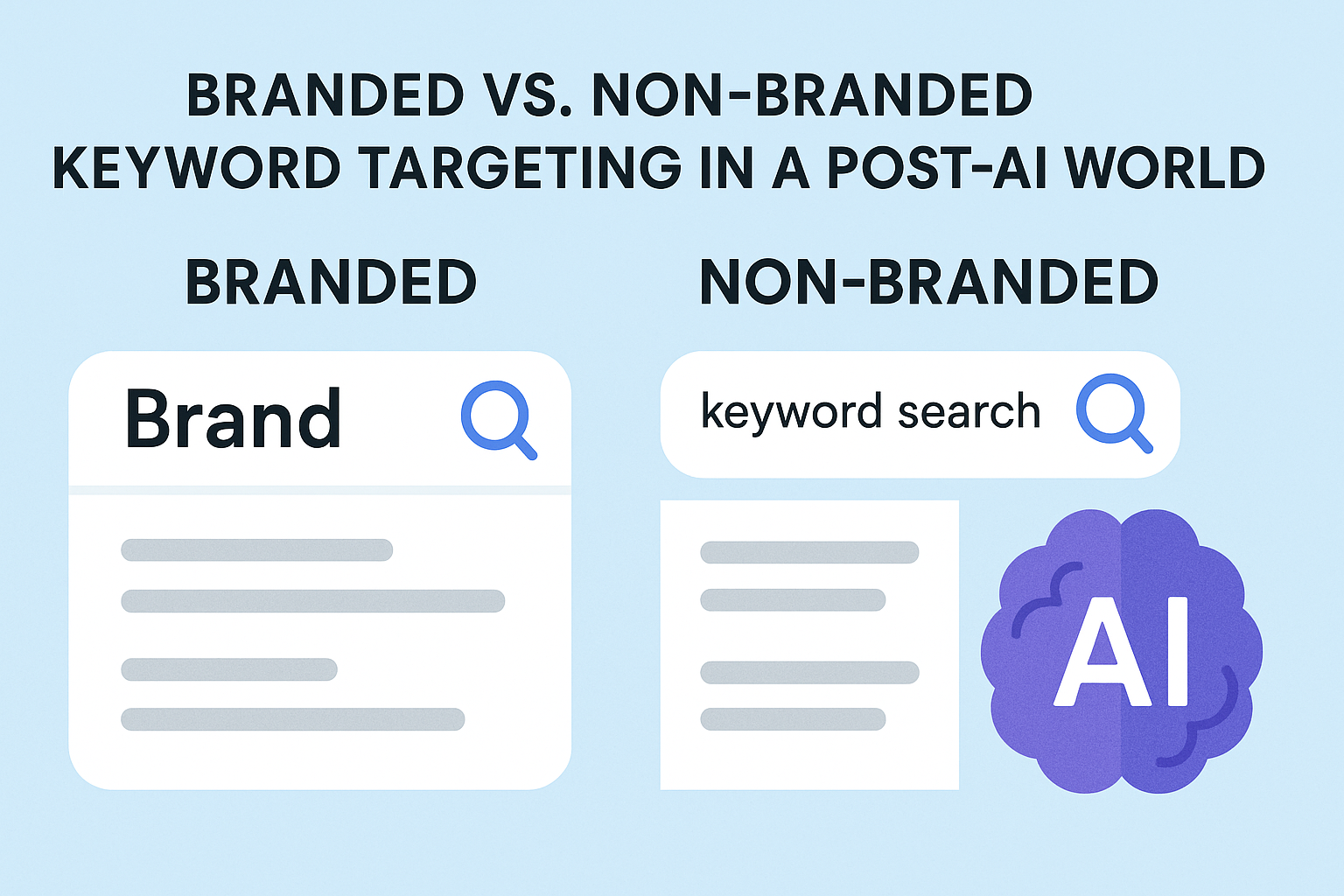As a marketer, you probably don’t need anyone to tell you how valuable content is to your marketing efforts. You’re already creating content: We bet you have some high-quality blog posts and resources for your audience members and that your email campaigns and social feeds share that content with subscribers and followers.
But what about the people in your audience who’ve never heard of you — who aren’t already browsing your site or subscribed to your communications? What are you doing to reach and engage them where they are? In a comprehensive strategy, that’s often where guest posting comes in.
What Is Guest Posting and Why Should You Do It?
Simply put, guest posting is when you, as a guest, submit an original post to a targeted publication that your audience trusts. Done right, guest posting is a win-win situation for everyone: You get to expand your reach and share your expertise by getting your content in front of new readers, and the publication gets the chance to run new content that shares diverse insights and ideas with its readership.
This all might sound too good to be true until you remember that editors aren’t going to publish just anything. If you’re pushing lazy content to editors, nobody wins. It’s up to you to create and submit content that’s so good no editor could possibly reject it.
But how do you do that? Creating content that editors will approve is much easier when you know what editors want to publish, so our team at Influence & Co. went straight to the source. We surveyed editors at online publications to learn what they’re looking for in guest posts they accept, and we compiled our research and analysis in “The State of Digital Media 2021.”
Here are a few things from our report to consider if you want to submit a guest post that editors will love.
5 Things to Consider Before You Submit a Guest Post
1. Consider why editors want you to submit a guest post in the first place.
As we stated earlier, your guest blogging outreach has to be a win for everyone involved. A publication editor’s goal is not to increase your readership and make you look smart. That’s your job. An editor’s job is to build up her publication and share fresh, expert ideas with her audience.
In fact, those fresh ideas are the biggest reason editors accept guest posts. More editors cited a contributor’s unique perspective and expertise as their reason for accepting guest content than any other reason. So, when you’re thinking through topics to blog about, take that into account.
It’s worth noting that being relevant is just as important as being original. Fifty-six percent of editors in our survey identified irrelevant content as one of the most common problems with posts they receive from guests.
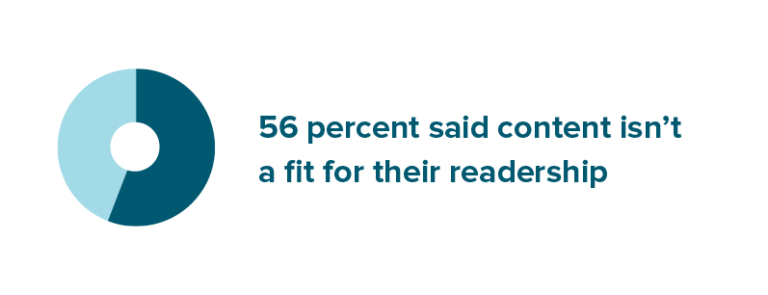
So, before you create anything, read through posts that are already published on the guest blogging sites you’re interested in. Find out what topics the editor likes and which seem to elicit the most engagement, then tailor your content accordingly.
We are not advocating that you parrot the ideas already circulating on the site, but making sure your submission is a fit is essential. Remember, you want to submit a guest post that an editor will accept. That won’t happen unless the content you send is both unique and relevant.
2. Find the right content format.
Video content is all over our social feeds, and everyone and their mother has a favorite podcast. It’s clear that audiences consume content in many different formats. Editors are noticing these trends, too: In addition to written posts, 67 percent of editors say they plan to publish video content this year; 52 percent are looking to include infographics, and 40 percent are interested in podcasts.
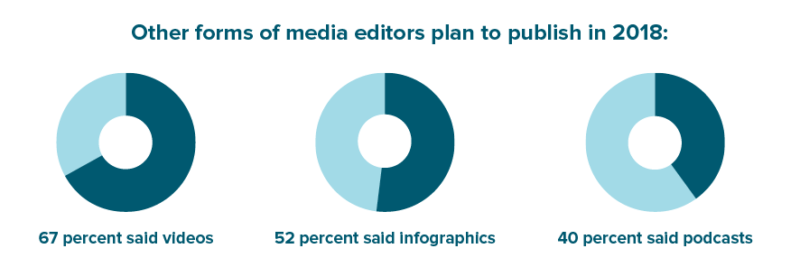
You may see all the video and audio content out there and think, “We can’t compete with that.” But you don’t have to be a great videographer or have the perfect podcast voice to produce high-quality content.
Written content remains one of the most effective and easily scalable forms of content you can use, and it’s still the primary format for guest post submissions. But don’t overlook the potential for submitting guest content in a different format, either.
3. Avoid the biggest guest posting mistake.
It’s natural if you want to talk about yourself. Everybody does. In fact, we humans spend an average of 60 percent of our conversations talking about ourselves — and when we’re online, that leaps to 80 percent.
The thing is, your life story and all the cool things your company is doing might be riveting to you, but they’re not necessarily so interesting to editors or the readers they’re looking out for.
Seventy-nine percent of editors say that overly promotional content is the biggest problem they see in the guest post submissions they receive. Most sites already have ads on them; they don’t need your contributed content to act as an advertisement, too.
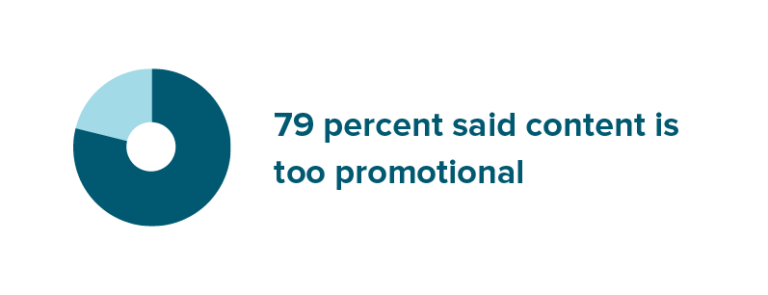
Editors want guest posts because they want original, expert ideas. They want to bring value to their readers, not to your company. When you prepare to submit guest content, don’t make it about yourself; prioritize the publication’s audience.
4. Remember that the editor is not your maid.
Few things turn an editor off more than receiving content that’s a jumbled, disorganized mess. An editor is, well, someone who edits things, but that doesn’t mean he’s going to do a rewrite on your submission to make it work for his publication.
Rather than asking your editor to clean up messy content, submit a guest post that’s already been professionally edited. This might sound like common sense, but we bet that all publication editors have received at least one pitch that contained enough typos and other mistakes to make them cringe a little.
Whether you have an editor on your staff or you hire a freelancer to proofread your post, that step can save you (and the editor you’re working with) a lot of time. Seventy-one percent of editors say that editing content can lead to a delay in publishing, so if you want your post to be accepted and published sooner rather than later, edit it before you send it.
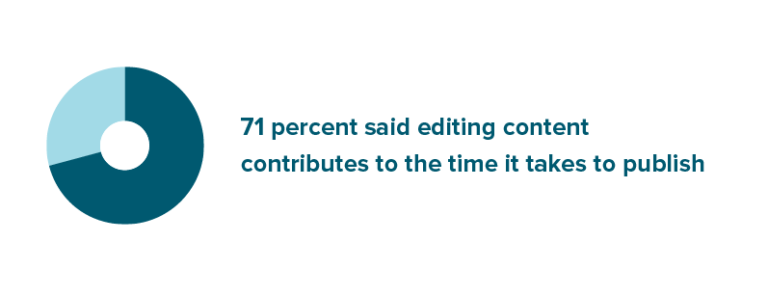
5. Create a pitch email that’s as great as your content.
After you’ve created your content and it’s ready to be pitched, you have one final step: actually sending it to the editor. How effective is it when you attach your precious content to an email that reads: “Give this a read when you have a chance?” Not very. No editor’s going to give you a chance if that’s all you can muster.
Editors are busy people: 76 percent of editors publish between 1 and 10 guest articles every week, and 94 percent say they plan to increase or maintain the current amount of guest content they publish this year. That’s a lot of opportunities, yes — but it also means there might be some competition for attention.

Editors don’t have time to carefully examine every single pitch that’s sent their way. If you want to submit a guest post that an editor will love, then you have to break through the inbox clutter with a pitch that stands out.
Your pitch email to an editor should reflect the effort that you’ve put into the content itself: It should be well-written, clearly organized, and engaging. Use a descriptive subject line, open with a personable greeting, include a synopsis of the content, and — most importantly — demonstrate respect for the editor’s time and schedule. When editors can see that you’ve put effort into your pitch email, they’ll be more likely to consider reading the content you’ve invested so much effort into crafting.
Guest blogging opportunities are an effective way to expand your readership, but when it comes to creating and pitching your content, the audience that you and the editor share should be your main concern. Remember that guest posts should be a win-win agreement between you and the publication. If your submission isn’t offering value to the target publication, you won’t see it published. Make it easier for the editor to serve his or her audience, and your pitch will be a breeze.

The Search Engine Cage team is on a mission to educate entrepreneurs. We make things easier for the small business owner, by writing articles that help them to understand SEO and Digital Marketing.

